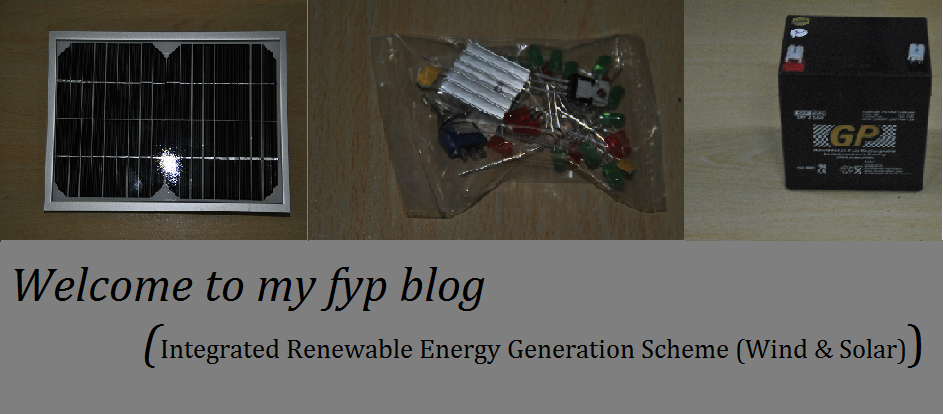Learn more about power supply
A power supply is a device that supplies electrical energy to one or more electric loads. The term is most commonly applied to devices that convert one form of electrical energy to another, though it may also refer to devices that convert another form of energy (e.g., mechanical, chemical, solar) to electrical energy. A regulated power supply is one that controls the output voltage or current to a specific value; the controlled value is held nearly constant despite variations in either load current or the voltage supplied by the power supply's energy source.
Every power supply must obtain the energy it supplies to its load, as well as any energy it consumes while performing that task, from an energy source. Depending on its design, a power supply may obtain energy from:
- Electrical energy transmission systems. Common examples of this include power supplies that convert AC line voltage to DC voltage.
- Energy storage devices such as batteries and fuel cells.
- Electromechanical systems such as generators and alternators.
- Solar power.
A power supply may be implemented as a discrete, stand-alone device or as an integral device that is hardwired to its load. Examples of the latter case include the low voltage DC power supplies that are part of desktop computers and consumer electronics devices.
Commonly specified power supply attributes include:
- The amount of voltage and current it can supply to its load.
- How stable its output voltage or current is under varying line and load conditions.
- How long it can supply energy without refueling or recharging (applies to power supplies that employ portable energy sources).







